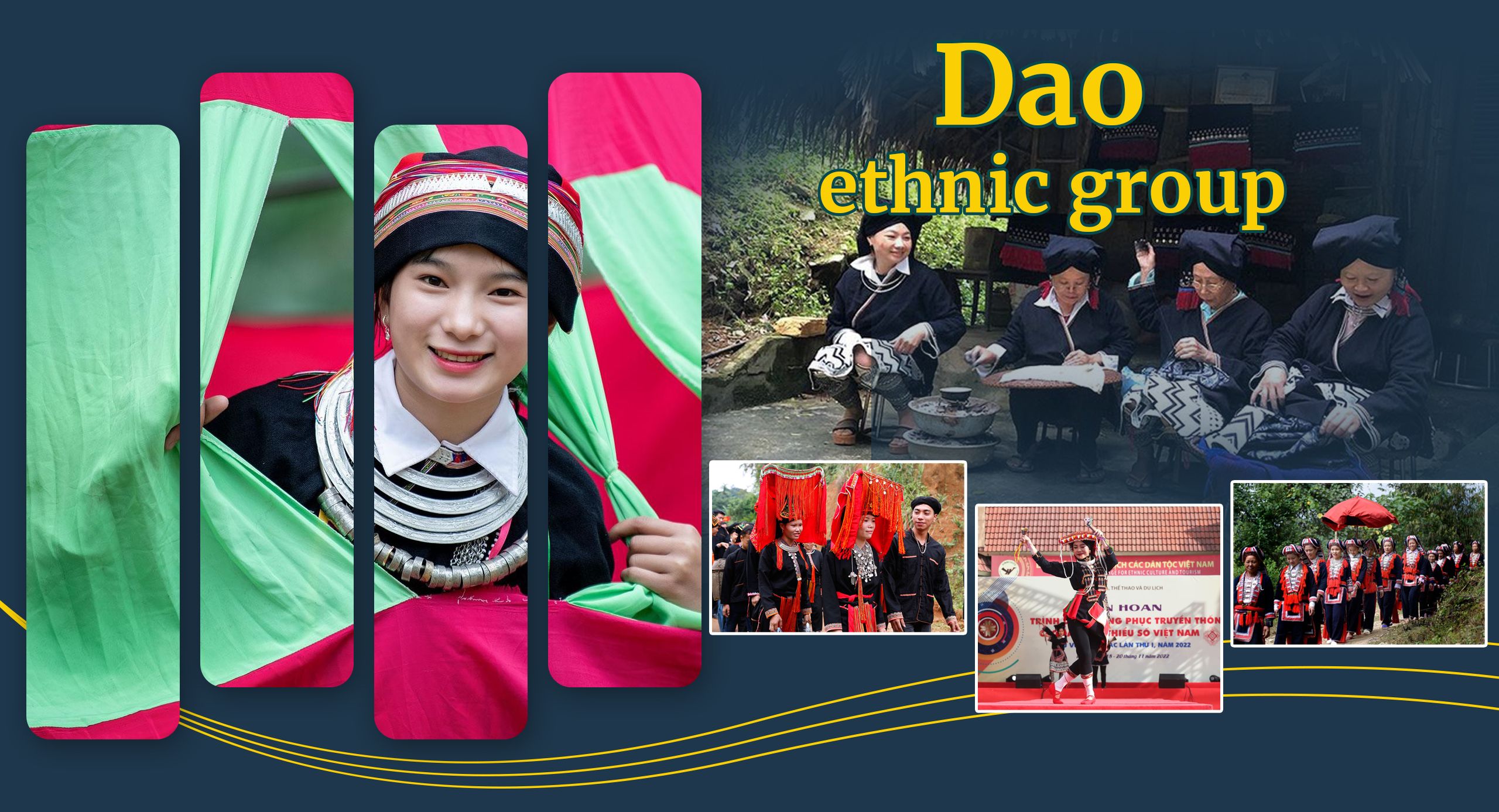
The Dao ethnic group consists of many sub-groups living in most of provinces in the northern mountainous region, the northern midlands, the Central Highlands, and some provinces in the Southeast region. The Dao people still preserve their traditional cultural identity.
Dao ethnic group
1. Origin
The Dao people have their origin in China and their migration to Vietnam began in the 12th and 13th centuries and lasted until the 20th century. They include many different groups and are known by various names, such as Kiem Mien, Kim Mun, Kim Man, Bieo Mun, Liao Man, Du Mien, Diu Mien, and Yiu Mien. In the past, the Dao people were also known as Dong, Xa, or Man.
2. Population
According to a survey of 53 ethnic minority groups in 2019, the Dao ethnic group has a population of 891,151, including 450,089 men and 441,062 women.
3. Language
Hmong–Mien languages
4. Geographical distribution
In most provinces in the northern mountainous region, the northern midland, the Central Highlands and some Southeast provinces.
5. Main features
- Housing: The Dao people live in different types of houses: ground-level houses, stilt houses and half-stilt half-ground houses.
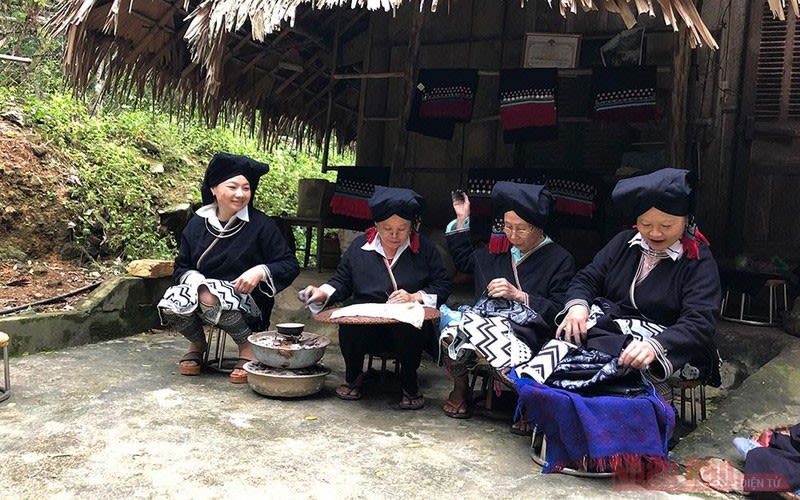
A Dao woman in Da Bac, Hoa Binh. (Photo: Khanh Nguyen)
A Dao woman in Da Bac, Hoa Binh. (Photo: Khanh Nguyen)
- Family structure: Patriarchal.
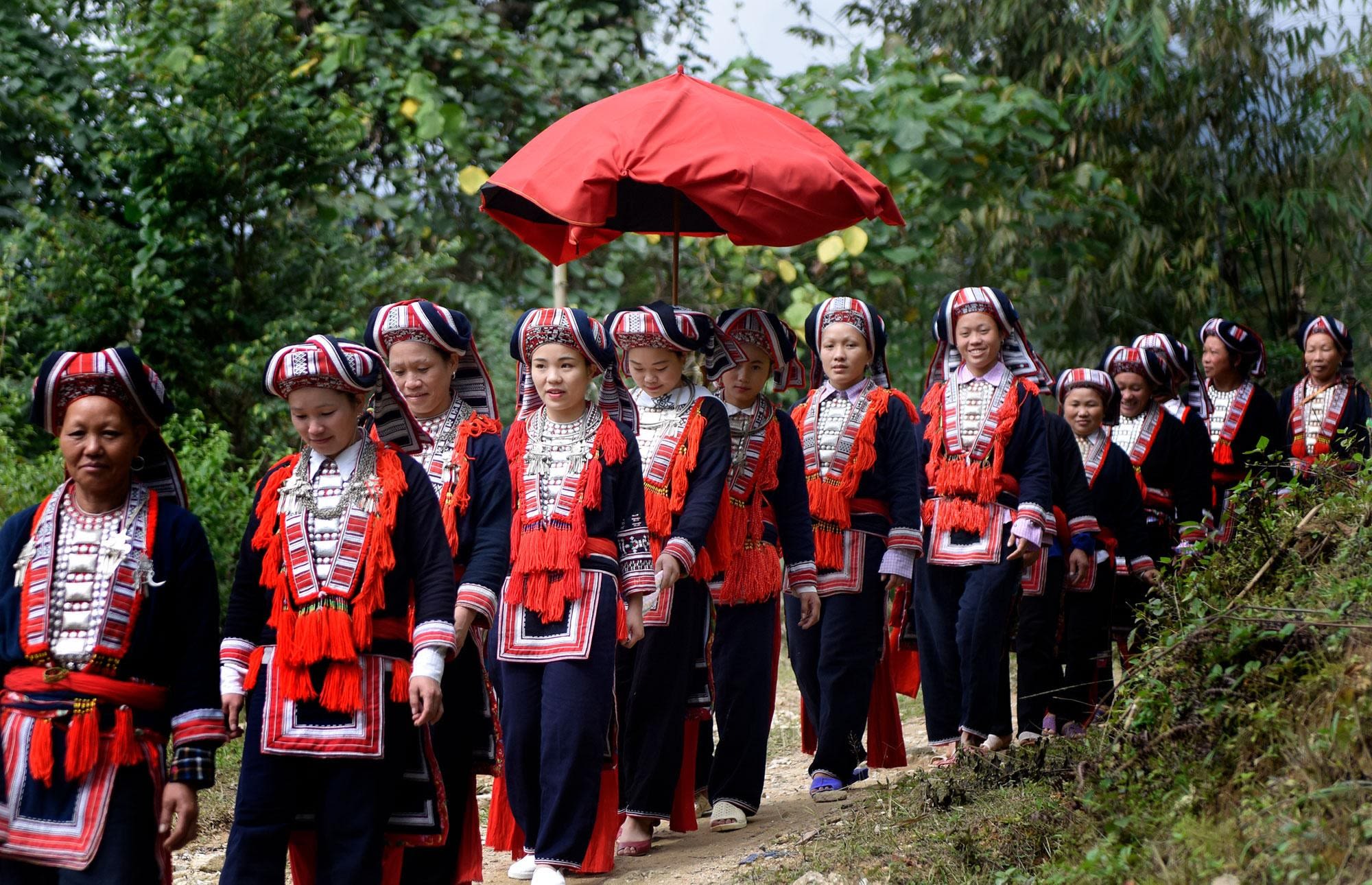
Dao women. (Photo: Thanh Dat)
Dao women. (Photo: Thanh Dat)
- Costumes: Previously Dao men wore long hair, with a bun behind the nape of the neck or a long tuft at the top, with the surrounding shaved off. Different Dao sub-groups have different ways to wear headscarves. There are two types of dresses: long and short.
Dao women wear a wide variety of clothes, including long dresses, skirts, and trousers. Their clothes are very colourful and decorated with various patterns, including the swastika, pine trees, birds, humans, animals, and leaves.
- Food: The Dao people’s main staple is rice, but some areas consume corn more than rice. Their favourite dishes include boiled meat, dried meat, marinated meat, and sour bamboo shoot soup.
- Festivals: The Dao people celebrate the New Year in the first month and make offerings to their ancestors on the first, seven and twelfth months. Other ceremonies of the Dao people include the rite of passage, weddings, funerals, prayer for health and making offerings to gods.
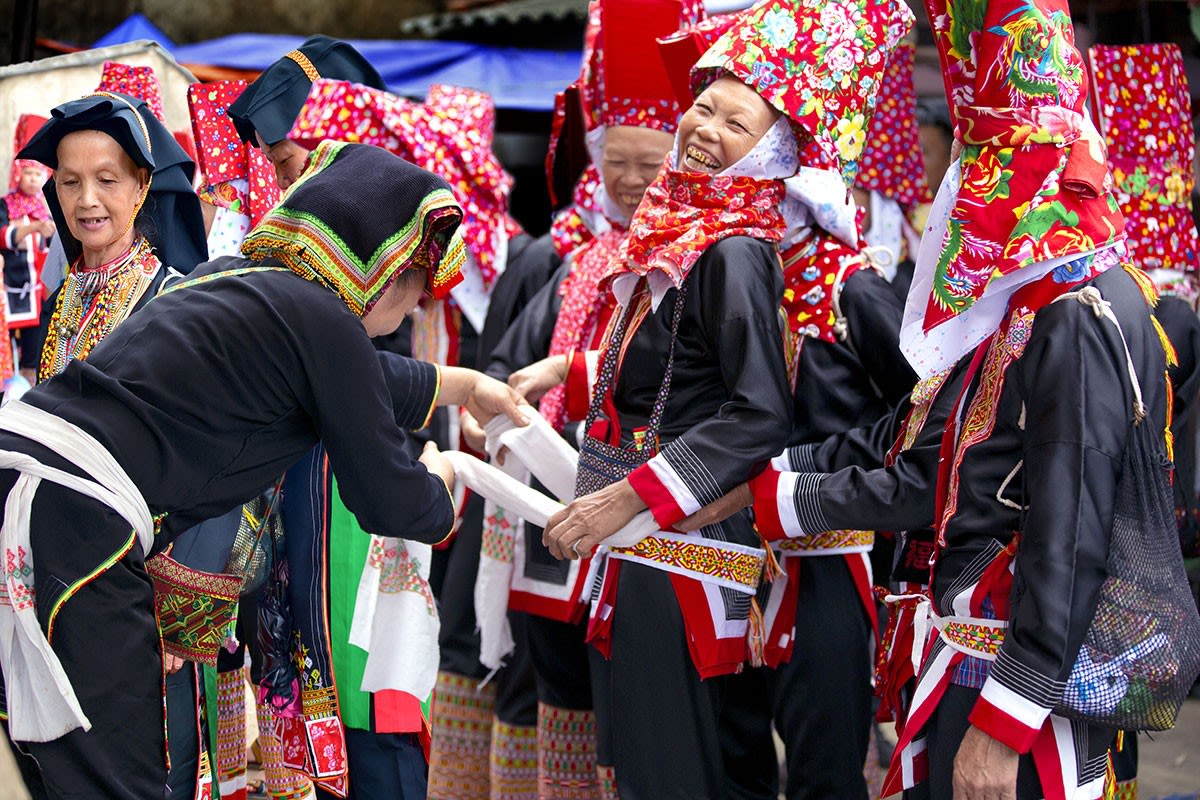
Smiles of Dao people at a market. (Photo: Bui Tan Viet)
Smiles of Dao people at a market. (Photo: Bui Tan Viet)
- Belief: The Dao people follow primitive beliefs. Agricultural rituals are deeply influenced by Confucianism, Buddhism and particularly Daoism. Ban Vuong is regarded as the founder of the Dao people and is worshipped along with Dao people’s ancestors in each family. According to traditions, all men reaching adulthood must undergo the “cap sac” ritual to mark their coming of age.
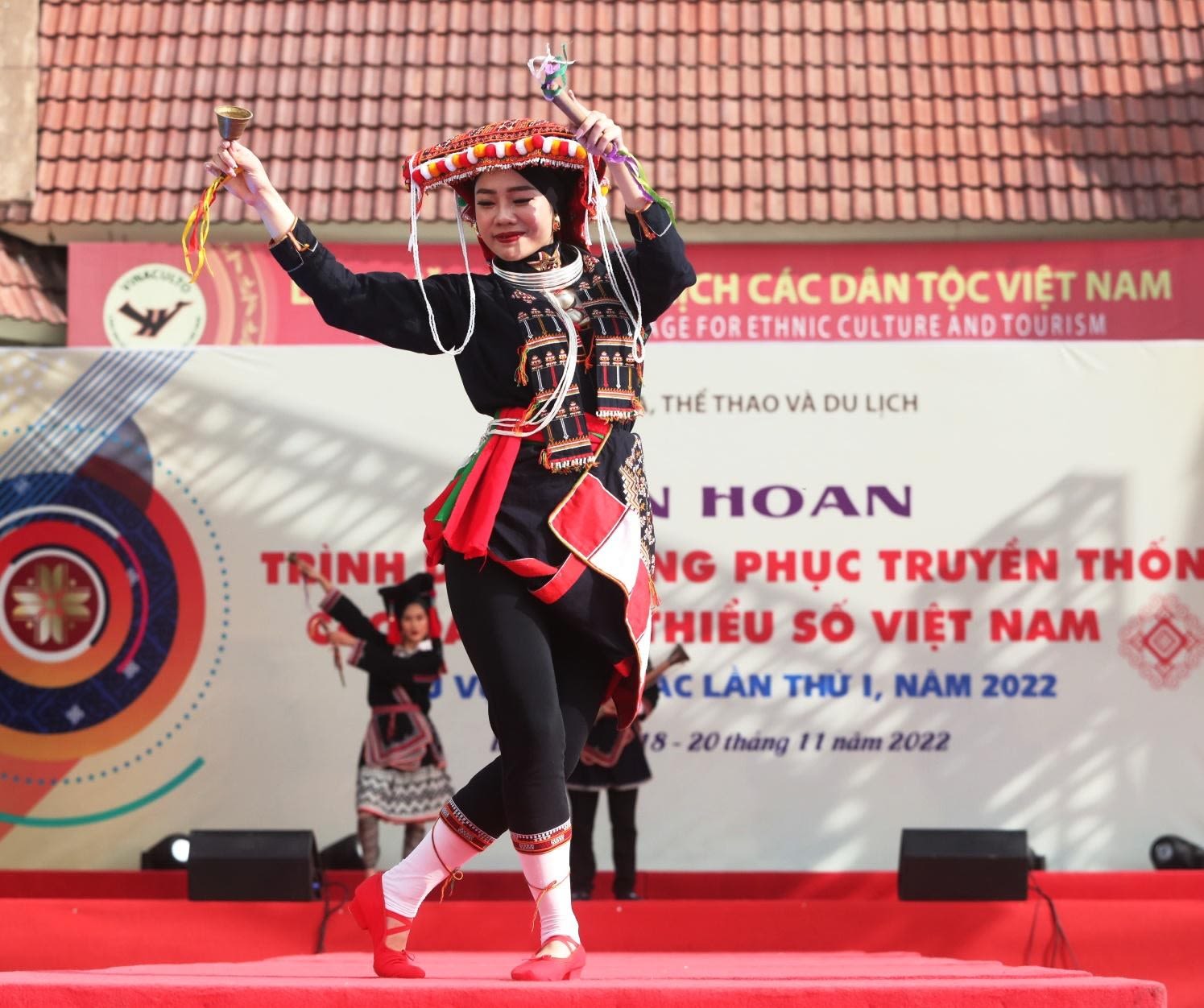
A Dao woman performing a traditional dance. (Photo: Khieu Minh)
A Dao woman performing a traditional dance. (Photo: Khieu Minh)
Being polytheistic, the Dao people usually worship their ancestors as well as kitchen and land gods. They also worship gods of family lines. At the community level, the Dao people also worship village gods, including tutelary gods and local gods, and pray for rain or sun, or for the elimination of insects. Additionally, the Dao people make offerings to the spirits of fields and water sources.
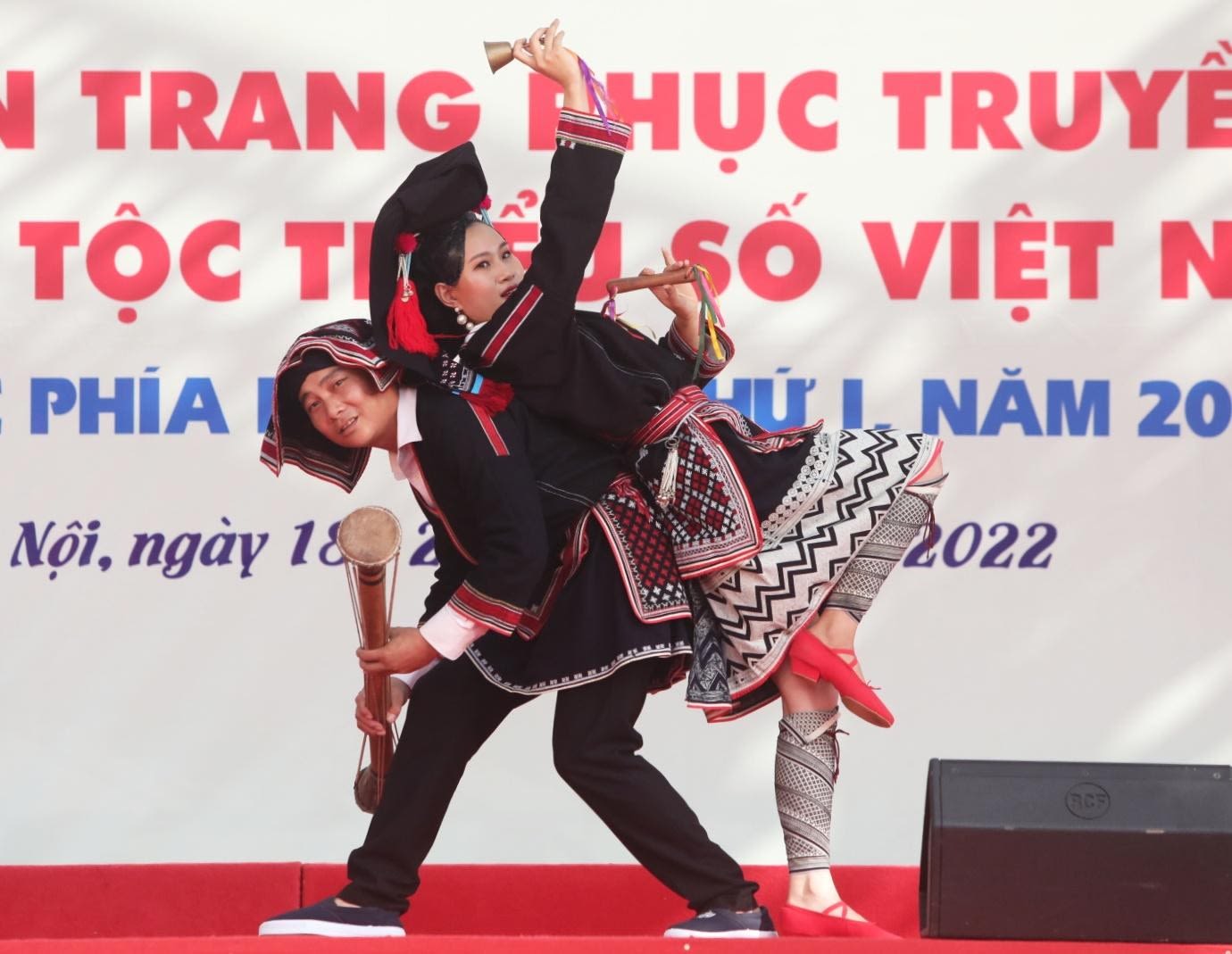
Dao people in their traditional costumes. (Photo: Khieu Minh)
Dao people in their traditional costumes. (Photo: Khieu Minh)
- Economic conditions: The Dao people’s main crops are rice, corn and vegetables grown on the fields and in the rock holes, depending on each group and region. They raise water buffalos, cows, pigs, and chicken halfway up the mountain and horses and goats at higher altitudes. The Dao people also have some skills such as growing cotton to produce textile, repairing agricultural tools, making muskets and rifles, making bullets from cast iron, making silverware and papers, pressing seeds for oil, and making molasses.
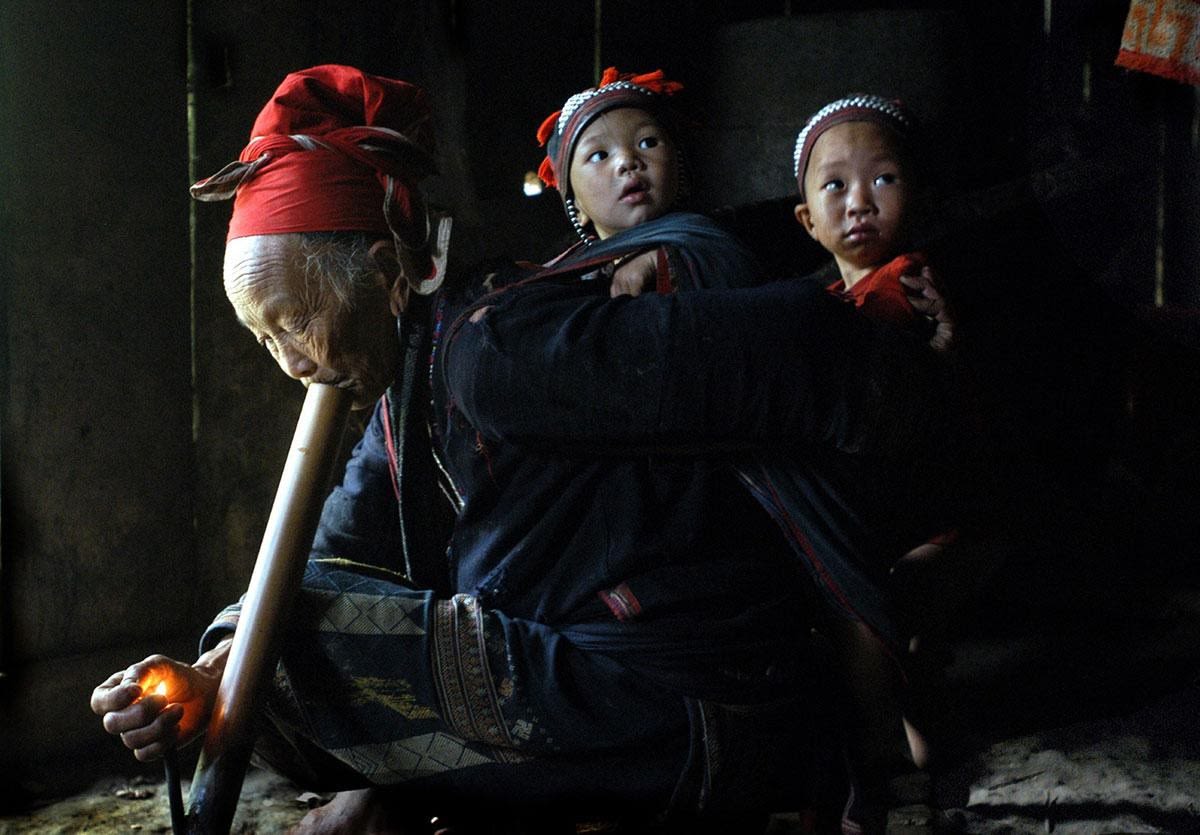
(Photo: Thanh Dat)
(Photo: Thanh Dat)
According to a survey of 53 ethnic minority groups in 2019, the rate of poverty is 31%. The rate of unemployment is 1.21%. The rate of skilled workers is 5.4%. The rate of non-farming workers is 13.6%.
- Education: According to a survey of 53 ethnic minority groups in 2019, the rate of literacy among those aged 15 and above is 73.8%, the primary school attendance rate is 101.4%, the secondary school attendance rate is 89.3%, and the high school attendance rate is 38.9%. The rate of children not attending school is 16.5%.
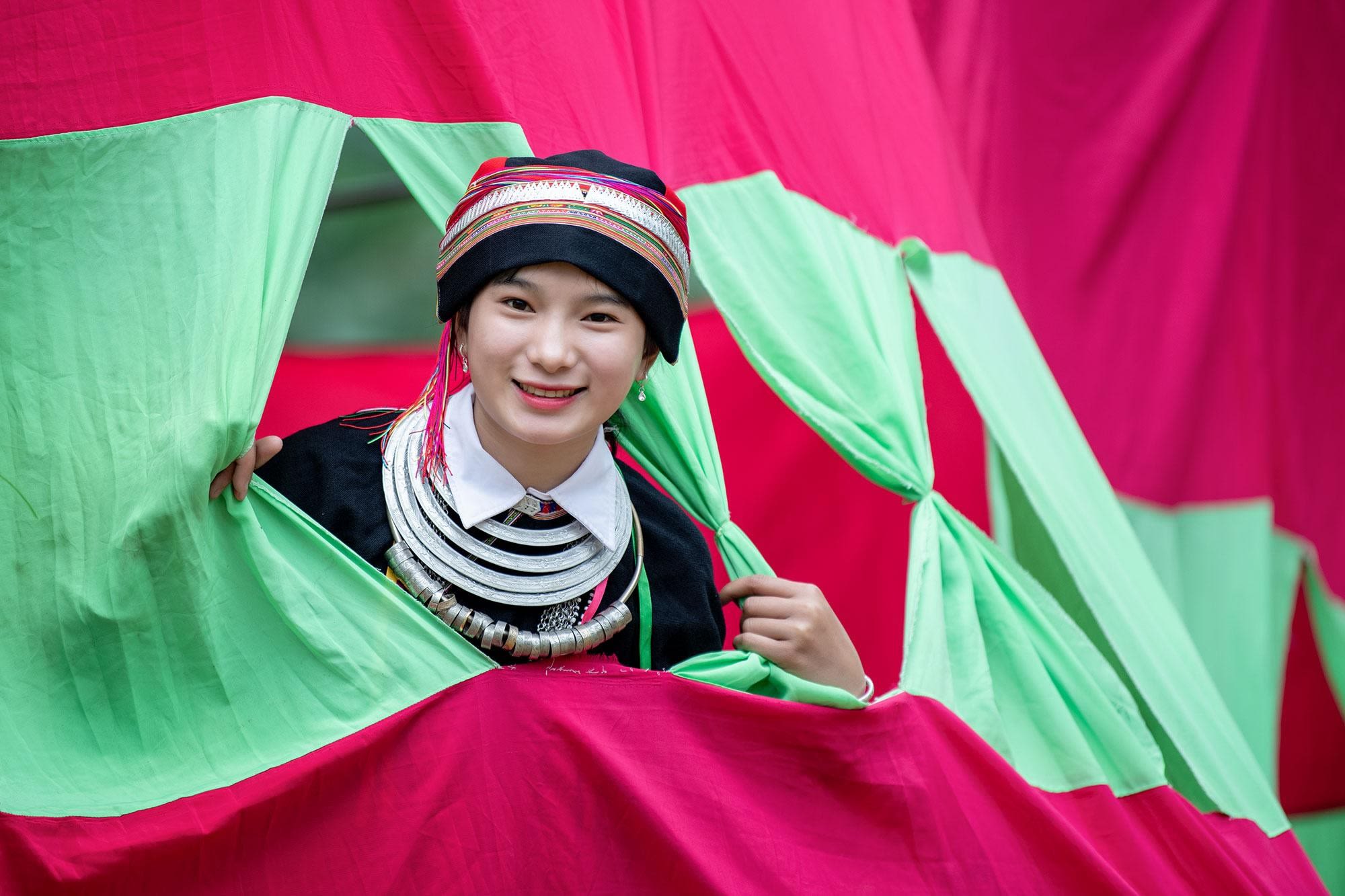
A Dao girl. (Photo: Thanh Dat)
A Dao girl. (Photo: Thanh Dat)